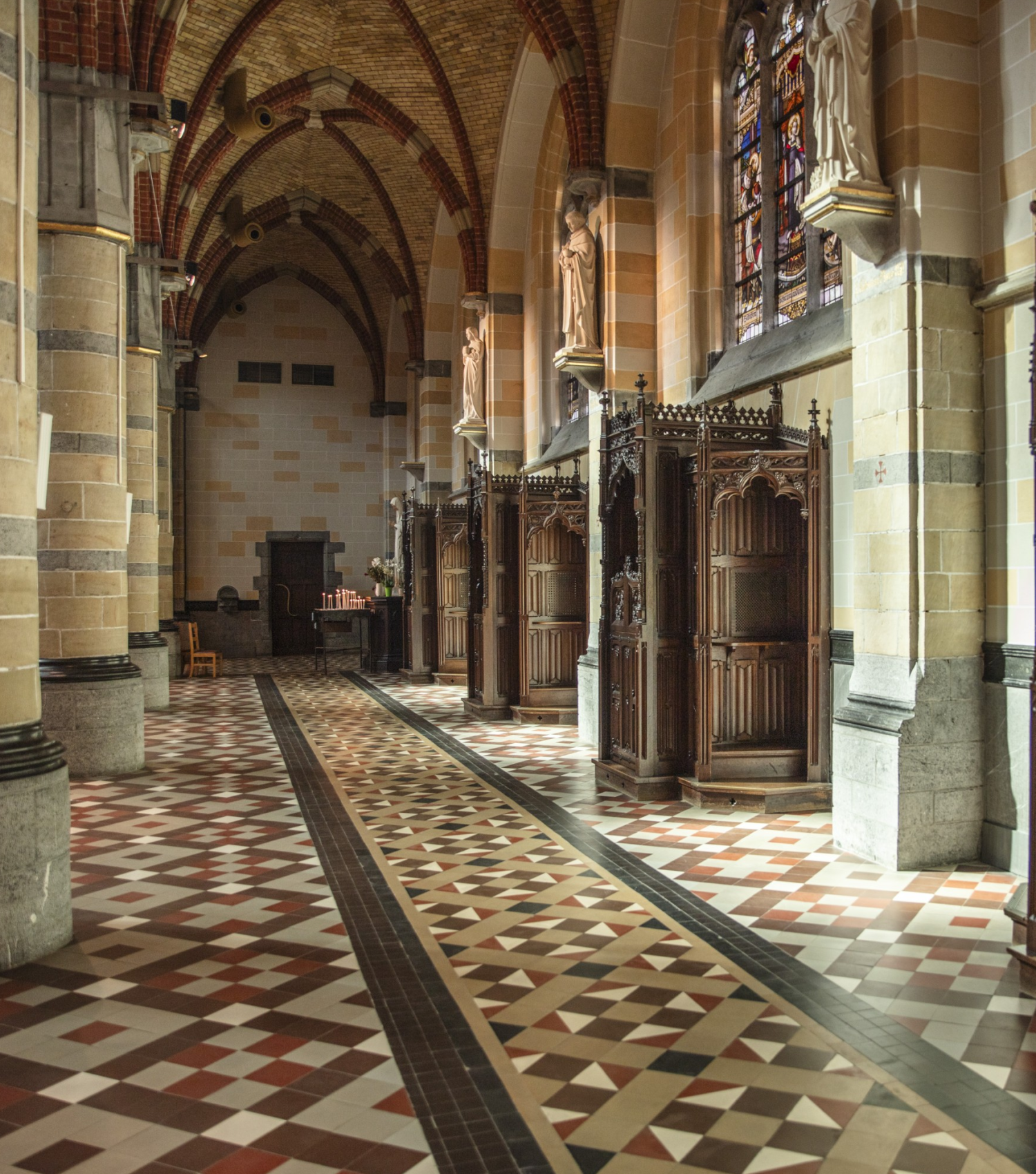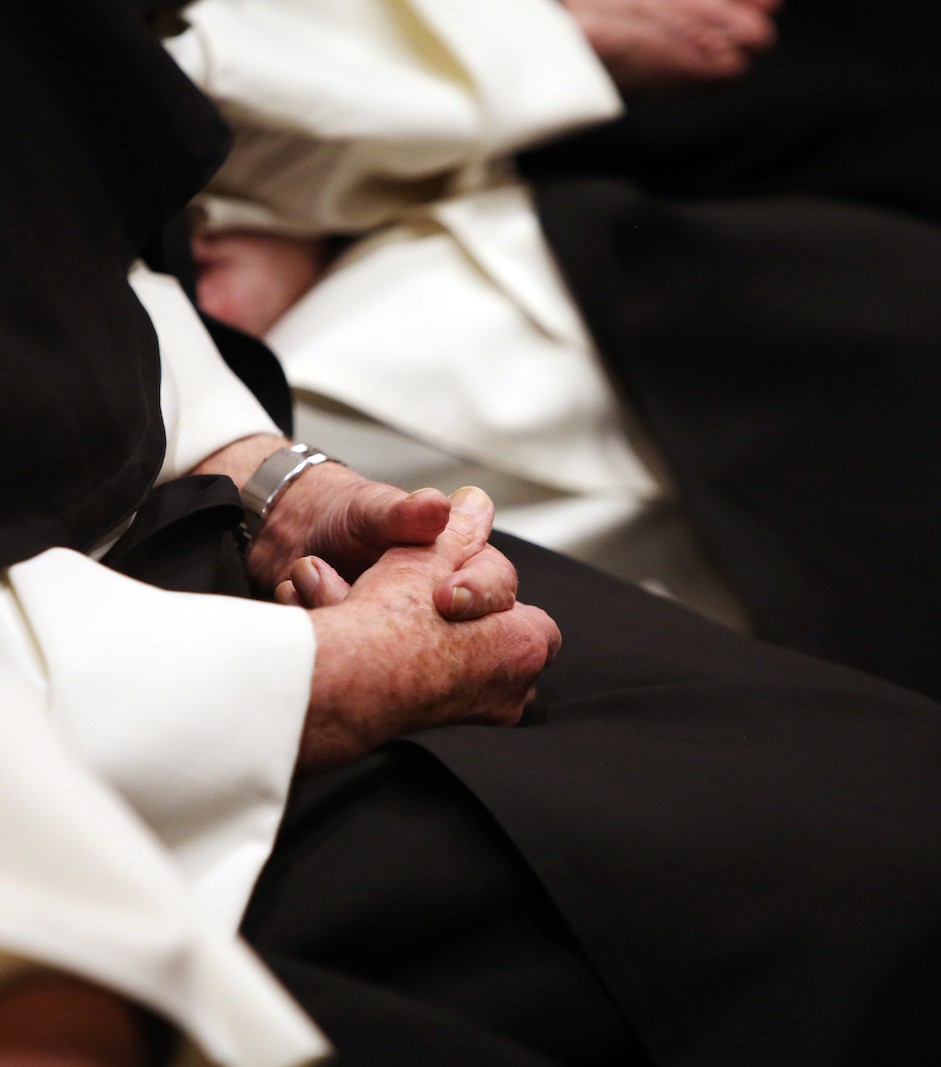A few key dates
1 May 1908
Founding of the Compagnie Immobilière du Zoute, a company with the aim of developing Het Zoute into an elegant seaside resort. Cousins Raymond and Maurice Lippens act as managing directors.
September 1911
The parish priest of Knokke meets with Raymond and Maurice Lippens to discuss the idea of establishing a church in Het Zoute.
August 1913
The Bishop of Bruges gives his approval. The Compagnie du Zoute commissions an initial design from the Bruges-based architect Jozef Viérin.
12 May 1914
The Knokke town council deems a second parish within its territory unnecessary. A few months later, the First World War breaks out.
1920 and 1922
The Compagnie du Zoute makes new attempts to revive the church project.
10 January 1924
Founding of the l’Association pour le service et l’entretien du culte catholique au Zoute in Het Zoute.
June 1924 – June 1925
Construction of the church by contractor Daveloose from Heist, based on plans by Jozef Viérin.
Autumn 1924
The Lippens family struggles to find clergy to serve the church. The superior of the Blessed Sacrament Fathers suggests turning to the Dominicans, “who seem particularly well suited to minister to a worldly population such as that of Het Zoute.”
January 1925
Dominican friar Georges Ceslas Rutten agrees to celebrate Sunday Mass at the church in Het Zoute during the tourist season, starting in July.
25 June 1925
The church is blessed by the parish priest of Knokke and dedicated to Saint Philip and all the Apostles. The next day, a diocesan priest celebrates Mass there for the first time.
5 July 1925
Father Rutten presides over the first Sunday Eucharist in Het Zoute.
18 April 1927
The Dominicans take full responsibility for the management of the Association for the Service and Practice of the Catholic Faith in Het Zoute.
Autumn 1927
Construction of the presbytery, also designed by Jozef Viérin.
Spring 1928
Construction of the cloister by contractor De Cuypere from Knokke, based on plans by Luc Viérin, son of Jozef.
12 September 1935
The church is consecrated by Bishop Constant Lagae, a Dominican missionary bishop in the Congo, and dedicated to Our Lady of the Rosary.
October 1944
At the end of the Second World War, the church suffers significant damage during the liberation.
Good Friday 1948
Inauguration of the Way of the Cross by Émile Raes, installed in the cloister.
1993–1994
Renovation of the church and bell tower.
27 January 2004
The Flemish government designates the entire site (church, presbytery, and cloister) as a protected monument.
2016
Renovation of the presbytery.
2018
Formation of the first pastoral team: four Dominican friars entrusted with the ministry at the Zoute church.
August 2023
First edition of Domifiësta, a Dominican family festival held in and around the church.
Illustration: Drawing of the cloister and church by Émile Raes.






